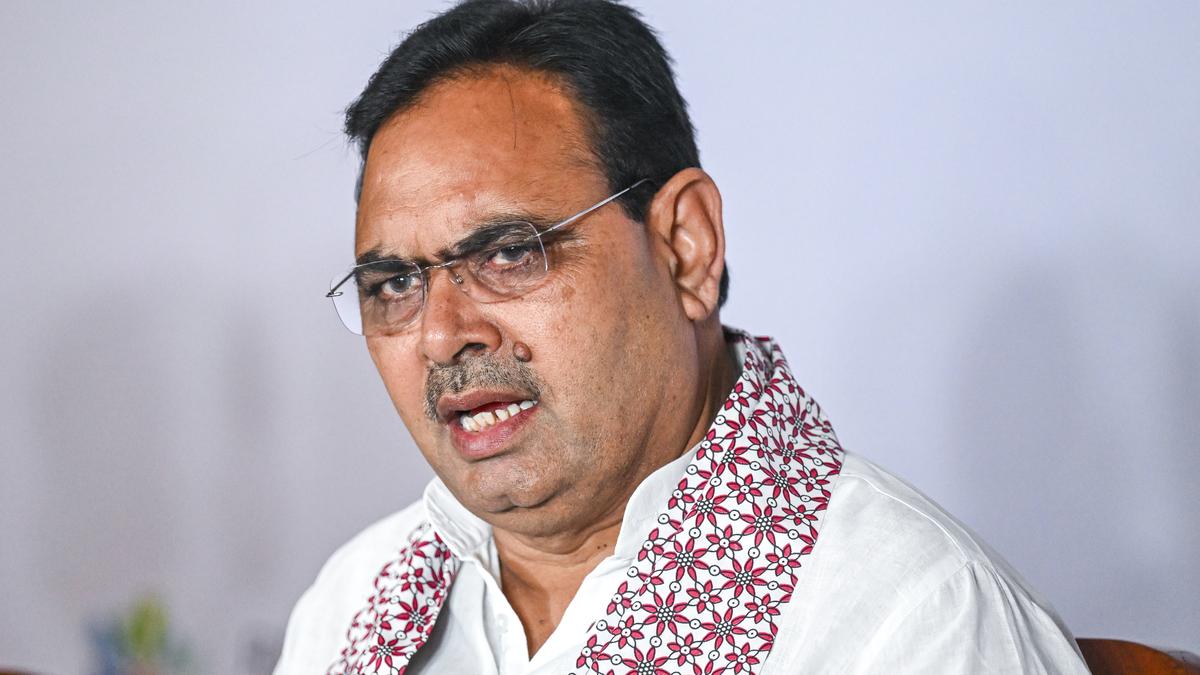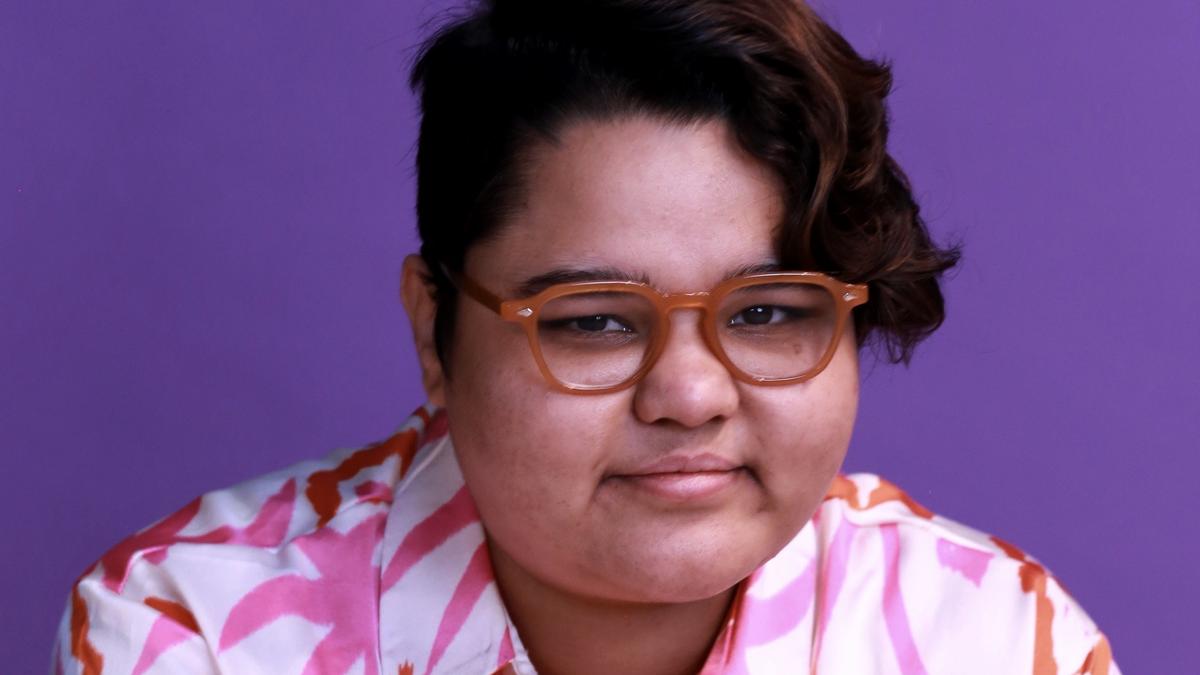The Telecommunications Act, 2023, passed by Parliament, “is a set of real structural reforms which will hold us good for many, many years,” Union Minister for Electronics and Information Technology Ashwini Vaishnaw told The Hindu in an interview. “We are moving away from a licence permit regime to a very calculated authorisation for a long period,” he said. “We have a four-tier structure for dispute resolution as well as a way for telecom companies to self-report violations,” he said.
The Telecommunications Act, 2023 passed Parliament last winter session…
The Act is a set of real structural reforms which will hold us good for many, many years. We’re moving away from a licence permit regime to a very calculated authorisation for a long period. Telecom spectrum will be auctioned as per the Supreme Court judgement, except for some items like defence where spectrum will be allotted administratively. There are also provisions to share and give up unused spectrum, as well as for harmonisation of different bands of spectrum.
For innovation, we have a ‘sandbox’ where academia can experiment with new technologies. Right of Way is another important reform: States govern the building of telecom infrastructure, and district judges are empowered to decide compensation in these cases if there is any dispute.
We have to triple the amount of digital connectivity in India — we have already increased it four times since 2014, but more will have to come to deal with new technologies like 6G. We have a four tier structure for dispute resolution, as well as a way for telecom companies to self-report violations. There is an online dispute resolution mechanism for consumers to redress grievances.
The Universal Services Obligation Fund has been expanded into the Digital Bharat Nidhi, and will facilitate research and development in addition to its mandate on improving connectivity in under-served areas. We should be looking at structures that will make India very strong in the global marketplace for telecommunications.
On the criticism of national security [provisions which allow the government to take over telecommunications networks]: this has been the case all over the world since ages. In today’s world, we’ve seen in recent conflicts that the first targets are the power sector and telecommunications. So it’s very important for national security purposes [that this provision exist].
On interception [of phone connections], we have a regime since 1996 defined by the Supreme Court. It’s time-tested by multiple different governments. This system has been working perfectly so far.
There were no mobile phones around in 1996, and phone tapping can still be authorised by senior government officials without the need for judicial scrutiny. Should that continue?
The Supreme Court has set out a very clear framework in its judgement [People’s Union for Civil Liberties v. Union of India], and it is a technology agnostic framework. That framework is still followed today.
Many provisions of the Telecom Act will only kick in when notified and prescribed by the Department of Telecommunications. What timeline can we expect for this?
We don’t want any disruption, so the way we have drafted this legislation is so that everything moves in a smooth and calibrated way. For example, those with licences [under the previous Telegraph Act] will continue to be governed by those licences, unless they want to shift to the newer regime. Spectrum allocations so far will continue as per the terms. Rules in place to govern day-to-day functioning [of the telecom ecosystem] will continue to operate unless overridden.
Rules are already getting drafted. Systematically step by step, they will be put out, without causing any disruption.
You have said that there is no provision to regulate OTT apps like WhatsApp, but observers say that the language of the Act could allow it in the future. Does the Act give the government this power in your view?
How does the government work? The government works by defining what the work remit of each department is. In the digital world, fintech is regulated by the Ministry of Finance and the Reserve Bank of India. That is also a digital subject. Medical electronics are governed by the Ministry of Health and Family Welfare. Content on streaming services is governed by the Ministry of Information and Broadcasting. These are electronics and digital issues, but they are under the purview of these ministries under the Allocation of Business Rules (ABR).
The Allocation of Business Rules have been routinely amended with technological change.
The question is, how do you define the work? Suppose tomorrow it is decided that all digital related work will be put in one Ministry. Then things change. But that’s not possible: everything is digital these days. These are hypothetical situations which people are raising.
Does the Act effectively mandate Aadhaar for getting SIM cards?
In the Act, it is prescribed that any person who gets a telecom service must have biometric authentication done. You can create your own biometric authorisation, which can be a fingerprint, anything. Know-your-customer (KYC) is very important for telecom. It is like a bank service today — banking, insurance, financial services and entertainment, everything is on mobile phones these days. And one person is allowed to take [nine] connections in any case.
Western countries, developed economies have very strict rules about getting phone connections. You have to show your passport, birth certificate or something like that.
At the World Economic Forum in Davos, you spoke of the evolution from newspapers to the digital world and what has changed. Can you elaborate on that?
Today, there is a serious concern about the whole construct of safe harbour. [Safe harbour is a principle that websites are not fully liable for the content posted by third party users.] That construct was developed in the 1990s when the internet was evolving. Today, it is ubiquitous. Practically everyone has access to social media. So the thought process that there should be accountability of what is published on social media platforms, is taking shape across the world.
Let’s say something is published on a social media platform: who’s publishing it, whether it is the platform that takes responsibility or the publisher, those things have to be clarified in a proper way so that our democratic processes are properly protected. That’s the thinking across the board.
The X (formerly Twitter) handles for Hindus for Human Rights and Hindutva Watch have been withheld in India…
I wouldn’t be able to comment on individual instances, but there is a clearly set out process for blocking orders and that process is being followed.
With U.S.–China tensions, we have seen speculation that the world is moving into two electronics worlds, one aligned with the former and the other with the latter, and that we have chosen a side here.
I don’t agree with this, because the entire world of communications is governed by a very consultative process in the International Telecommunication Union, and all countries are members. This is an industry that is among the most global, so the standards apply across the world. You get the same 4G in India as you get in any way.
But we have restricted use of Chinese technology in Indian telecommunications.
That’s a different thing. That’s telecom equipment, which entails security issues. Telecommunication equipment can come from any place and serve its purposes. There are major manufacturers, from China, Korea, Finland, Sweden… We are joining this exclusive club. More than 2,000 towers are already rolled out, and we are testing them in the real world after lab environment tests.
BSNL will start ramping up its 4G network in a big way. We should start exploring the export potential for this technology, and there is already interest from eighteen countries. This year, telecom product exports are already touching Rs. 9,000 crore, not including mobile phones.
We have signed MoUs with many countries for spreading India Stack technologies like Aadhaar around the world. How are these arrangements shaping up?
There has been a huge response. Our Prime Minister has conducted foreign policy in a way that India has emerged as a very trusted geography. People know that this is a democracy, where judicial processes are clear, transparent standards are in place. So people want to source their products from India. In the case of telecom, people are buying the Indian telecom stack.
What are your foremost strategic goals with electronics manufacturing? Taiwan’s electronics manufacturing lends them a ‘silicon shield’ that disincentivises China from attacking them. Do we have similar strategic goals, or is this focus on manufacturing for economic or consumer reasons?
One, it is hugely employment generating. The employment in electronics manufacturing in India has crossed 4.5 million people. That’s a large number. Second, it is a good complement to our design capabilities. We are a big design centre. We have Global Capability Centers in India for practically every large and complex product. India is no longer a back office. We have already matured to a full product design ecosystem. Manufacturing complements that.
When Taiwan started manufacturing, they didn’t have design capabilities on top of manufacturing. South Korea is still attempting to improve its design capabilities to our spec. We already have very good design capabilities. This is a natural transition that must happen.
We have had the world’s fastest 5G rollout. Private telecom operators have been demanding that online service providers have to pay a usage fee to them. Are you sympathetic to that demand?
These are items that have been debated all over the world. How the world will evolve its thought processes is still a question in discussion rooms. It is still a debatable point and I don’t want to take any sides at this point. On Artificial Intelligence deepfakes, you’ve had discussions with social media platforms. What is the way forward?
At this point, we’re working within the existing regulatory framework and the existing law, because the elections are just around the corner and social media platforms have given their full assurance that they will take all steps to detect deepfakes and remove them. We’re pushing them to be more proactive because today technologies that can detect deepfakes exist, and it is time that social media platforms took more steps.



